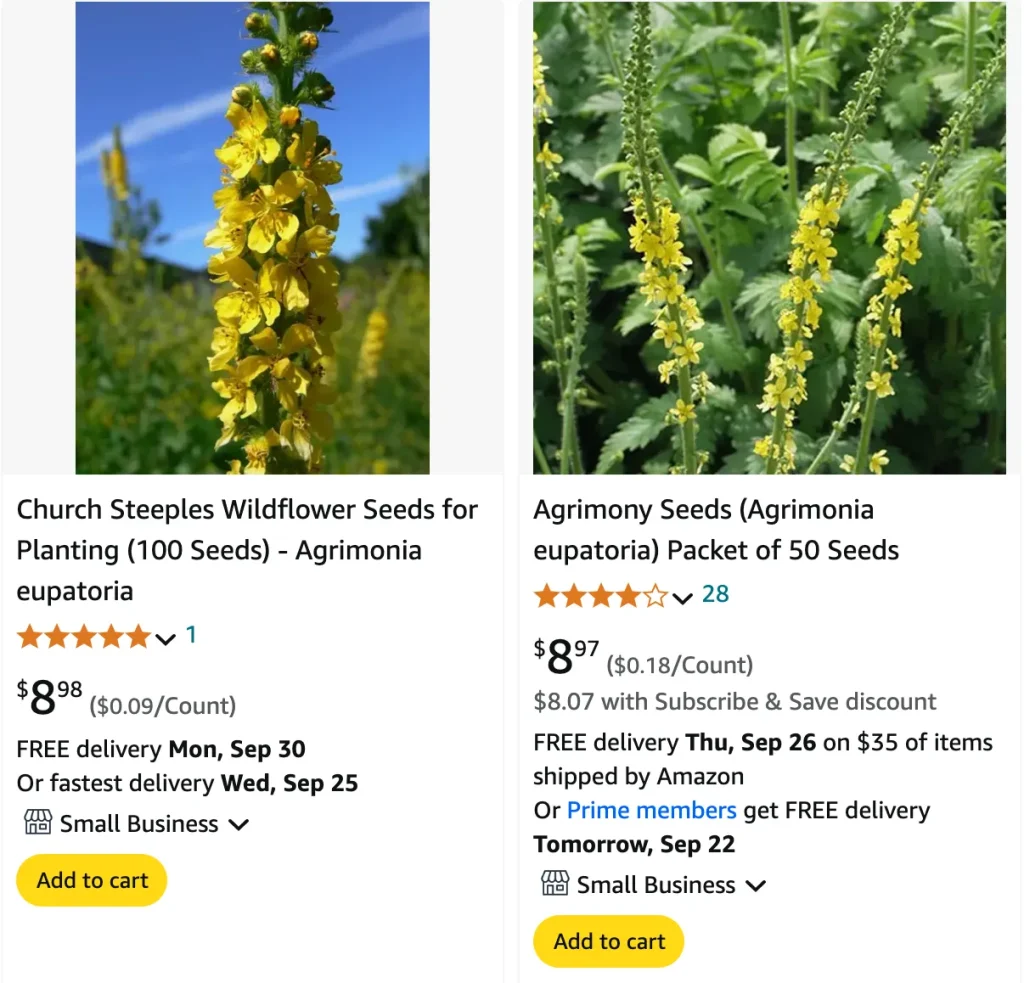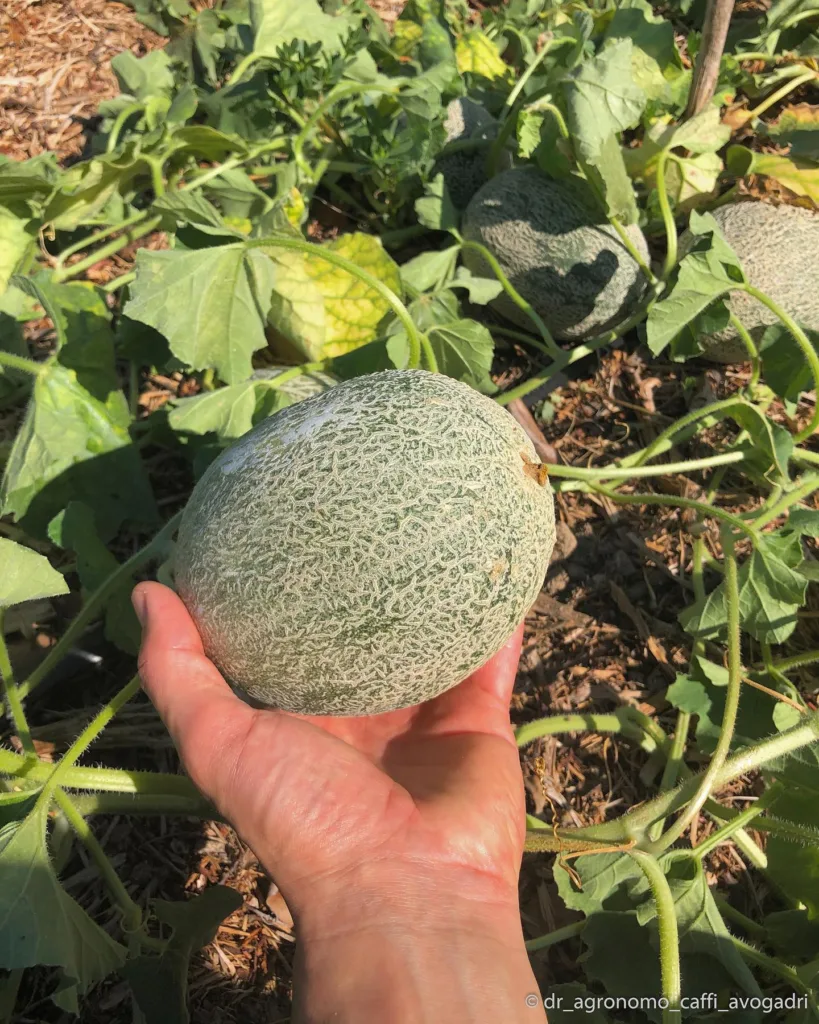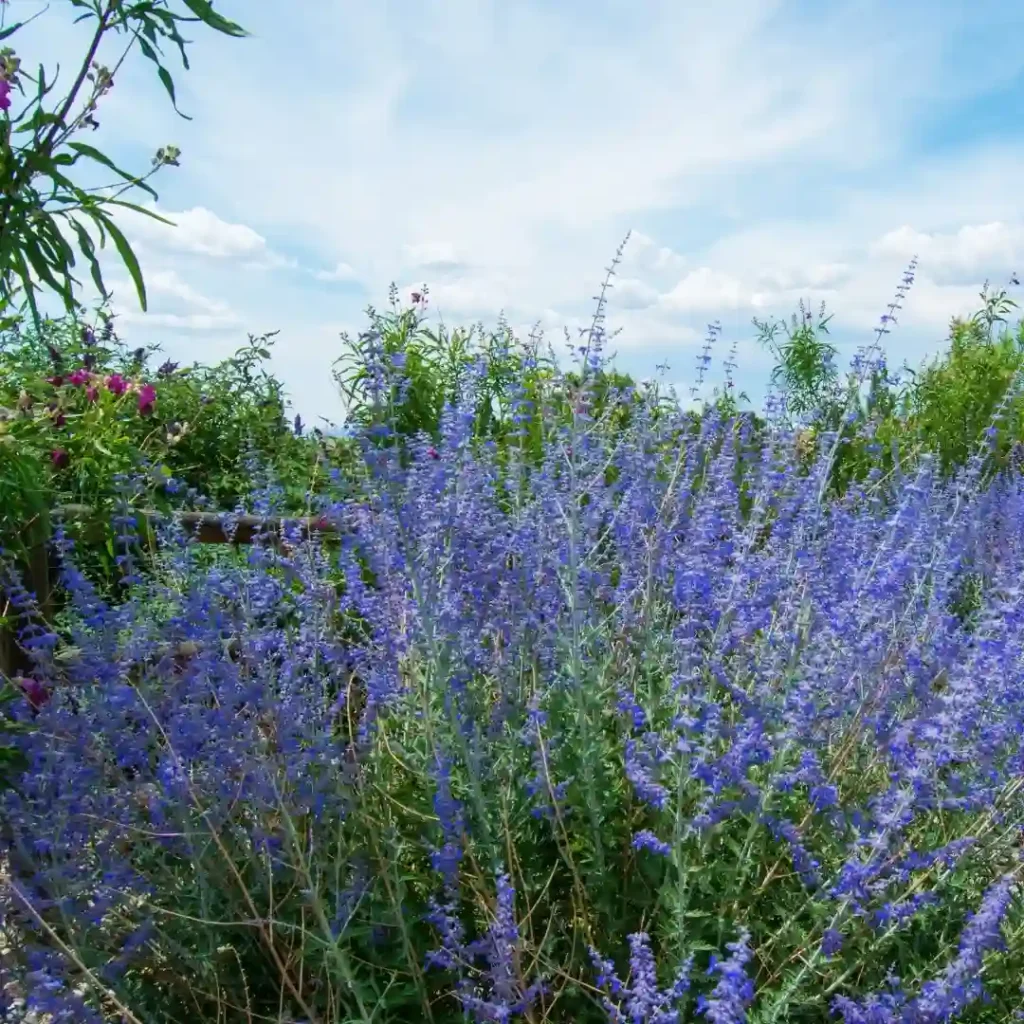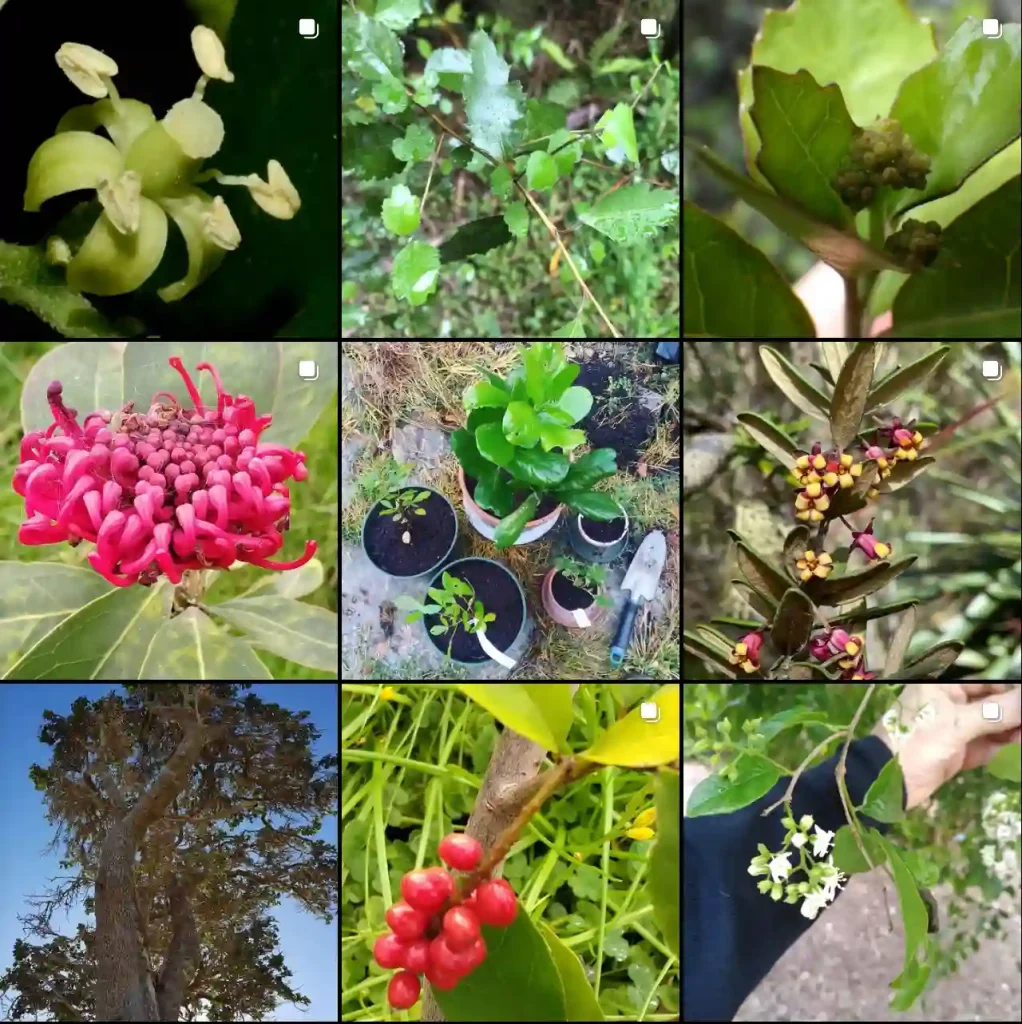
What is Agrimonia Eupatoria?
Agrimonia Eupatoria, commonly known as Agrimony, belong to the Rosaceae family, is a herbaceous perennial native to Europe and parts of Asia. It belongs to the Rosaceae family, which includes roses and apples. This plant is recognized for its tall, slender stems, adorned with small, yellow flowers that bloom in spikes. Agrimony is often found in meadows, woodlands, and along roadsides.
Plant Family: 115 Genera Rosaceae – Rose Family
How to Care for Agrimonia Eupatoria?
Agrimony is quite easy to care for and is known for its resilience. Here’s what I’ve found works best:
- Sunlight: Agrimony thrives in full sun to partial shade. It prefers a sunny spot, but it can tolerate some shade, especially in hotter climates.
- Soil: This plant favors well-draining soil. It’s not picky about soil type, but it performs best in loamy or sandy soil. Ensure the soil is not waterlogged, as this can lead to root rot.
- Watering: Water Agrimony regularly but let the soil dry out between watering. It doesn’t require excessive moisture and prefers a moderate watering schedule.
- Temperature: Agrimony is hardy and can tolerate a range of temperatures. It’s typically resistant to cold, but providing some mulch during winter can help protect the roots.
- Fertilizing: A balanced, all-purpose fertilizer applied once a year in spring is usually sufficient. Over-fertilizing can lead to excessive foliage growth at the expense of flowering.
How to Propagate Agrimonia Eupatoria?
Propagating Agrimony is straightforward, and here’s how you can do it:
- Seeds: Collect seeds from mature plants in late summer. Sow the seeds in well-draining soil in a seed tray or directly in the garden. They require light to germinate, so don’t bury them deeply. Keep the soil moist until germination, which usually occurs within a few weeks.
- Division: You can also propagate Agrimony by dividing the root clumps in spring or early autumn. Carefully lift the plant, divide the root ball into sections, and replant them in prepared soil. This method is particularly useful for expanding your garden or relocating plants.
What to Plant With Agrimonia Eupatoria?
Agrimony pairs well with a variety of plants, enhancing both aesthetics and garden health. Here are some companions I’ve found beneficial:
- Lavender: The purple flowers of lavender contrast beautifully with the yellow spikes of Agrimony. Lavender also attracts pollinators, which benefits Agrimony.
- Echinacea: Coneflowers offer a complementary color scheme and are great for attracting bees and butterflies, adding vibrancy to your garden.
- Salvia: The spikes of Salvia provide a vertical element that complements Agrimony’s growth habit. They also share similar care requirements, making them a harmonious pairing.
- Wildflowers: Agrimony works well in wildflower meadows or mixed perennial beds, creating a naturalistic look.
Is Agrimonia Eupatoria Toxic?
Agrimony is generally considered non-toxic and safe for most people and pets. However, it’s always wise to prevent ingestion of any plant material by pets or small children. In rare cases, excessive consumption of Agrimony could lead to mild gastrointestinal upset, so it’s best to keep an eye on it if it’s grown in an area accessible to pets or young kids.
Benefits of Agrimonia Eupatoria
Agrimony offers several benefits beyond its ornamental value:
- Medicinal Uses: Traditionally, Agrimony has been used in herbal medicine for its astringent, anti-inflammatory, and mild diuretic properties. It has been employed in treatments for digestive issues, wounds, and even respiratory conditions.
- Wildlife Friendly: The plant attracts various pollinators, including bees and butterflies, making it a great addition to wildlife gardens.
- Soil Health: Agrimony can help improve soil health by preventing erosion with its deep roots and adding organic matter as it decomposes.
Common Problems with Agrimonia Eupatoria
Despite its resilience, Agrimony can face some challenges:
- Pests: While generally pest-resistant, Agrimony can occasionally attract aphids or spider mites. Regular inspection and, if needed, organic pest control methods can manage these issues.
- Diseases: The most common problem is powdery mildew, especially in humid conditions. Ensure good air circulation around the plant and avoid overhead watering to minimize this risk.
- Invasive Behavior: In some areas, Agrimony can become invasive. Regular pruning and monitoring can help keep it in check and prevent it from overtaking other plants.
Compare with Other Similar Plants
Agrimony is sometimes confused with other yellow-flowering perennials. Here’s a quick comparison:
- Rudbeckia: Also known as Black-eyed Susan, Rudbeckia has a similar yellow flower but is usually shorter and bushier than Agrimony.
- Achillea: Commonly known as Yarrow, Achillea has fern-like foliage and flat-topped flower clusters, differing from Agrimony’s spike formation.
- Coreopsis: Coreopsis, or Tickseed, has a similar bright yellow appearance but tends to be more compact and bushy compared to Agrimony’s taller, spiked growth.
Agrimony Eupatoria is a versatile and beneficial plant that can enhance any garden with its beauty and utility. Whether you’re looking for a hardy perennial or a plant with medicinal uses, Agrimony offers both with minimal fuss.
If i die, water my plants!



